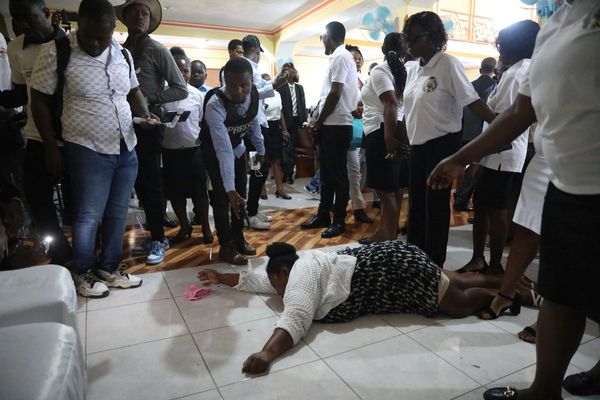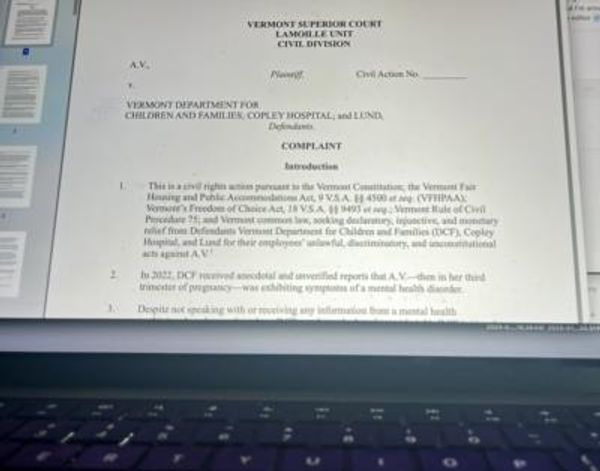
The NSW Environment Protection Authority is examining whether stratification or destratification caused the big fish kill at Mannering Park in southern Lake Macquarie earlier this month.
Stratification is when the surface of the water heats up more than deeper water. In this situation, the warmer layer is well-oxygenated and the deeper water is colder and oxygen-depleted.
Destratification, also called turnover, occurs when sudden weather events or small increases in flow can mix the warmer surface water and cooler deep water.
Algal blooms may be disrupted, potentially increasing decomposition and depleting oxygen.
This means dissolved oxygen levels can occur at the surface, killing fish.
Hundreds of fish died in the fish kill in an area near Vales Point Power Station.
The plant discharges hot water from an outlet canal in the area. Officials have not linked this to the incident, but inquiries are ongoing.
The EPA said water samples showed a "toxic discharge is unlikely to have killed the fish". The fish had "greying around the gills", which suggested possible oxygen depletion.
The Department of Planning and Environment labs tested for a full suite of metals and found levels below the ANZECC marine water quality guidelines. Preliminary water results for pesticides were also measured at below the laboratory limit.
The EPA said testing showed "water samples are not acutely toxic".
"Levels of pH and electrical conductivity are within normal ranges for a saline lake," a statement said.
"The sampling results for total nitrogen and total phosphorus are above the guideline values, which may indicate that disruption of sediment has occurred.
"These water results indicate that the most likely cause of the deaths was from a natural event, however the investigation is continuing.
"Full pesticide results as well as the analysis from the fish that were collected will be available [this] week. As with the water testing results, these will be immediately made public."
EPA officers and Central Coast Council attended the site on Friday, August 5 when the fish kill was first reported. They collected fish and water samples for laboratory analysis.
The EPA and NSW Fisheries also attended the site to collect further water and fish samples.
WHAT DO YOU THINK? We've made it a whole lot easier for you to have your say. Our new comment platform requires only one log-in to access articles and to join the discussion on the Newcastle Herald website. Find out how to register so you can enjoy civil, friendly and engaging discussions. Sign up for a subscription here.







